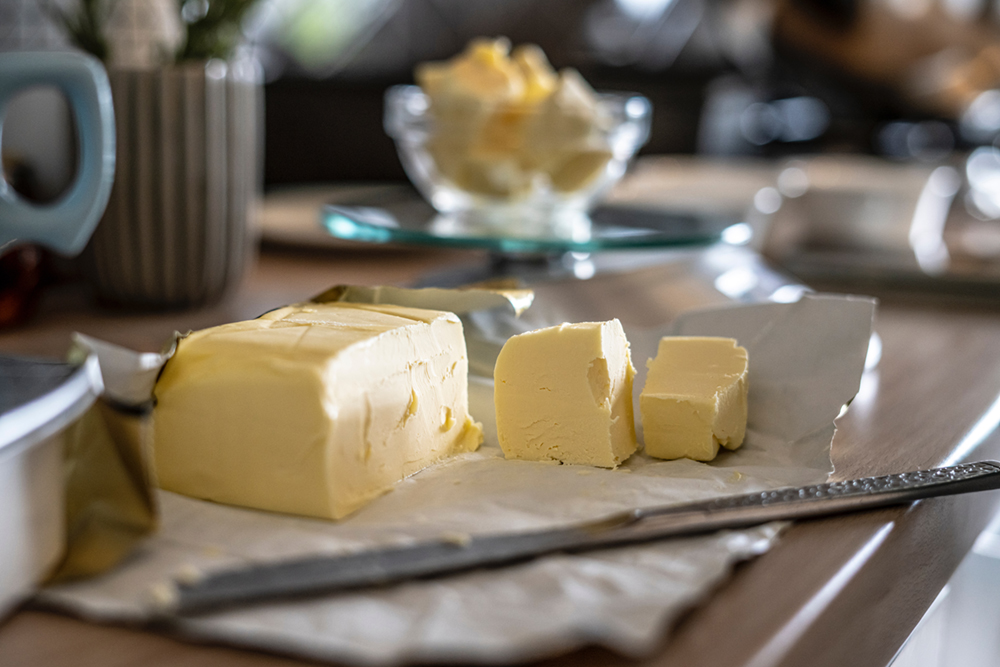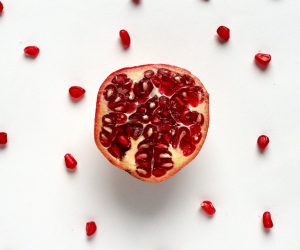
Incredible Bacterium Prevents Disease
Al Sears, MD, CNS – Researchers made a startling discovery… A never-before-recorded new gut bacterium with impressive disease-preventing properties.
Researchers in Belgium spent two years examining 12,000 microbiome samples collected from all over the world.
During their research, they came across something no one had ever seen before… A new “gut bug.”
They named their new discovery Dysosmobacter welbionis.
Dysosmobacter exists in about 70% of the population. But it’s almost nonexistent in patients with chronic diseases like diabetes, obesity, and metabolic syndrome.1,2
What makes this discovery so exciting is that Dysosmobacter welbionis produces a critical metabolite called butyrate.
Butyrate, a short-chain fatty acid, is generated by beneficial bacteria that thrive in your digestive tract. Its ability to keep you healthy is stunning.
In fact, butyrate has been shown to:
- Lower insulin resistance and improve blood sugar3
- Boost mitochondrial energy in cells4
- Tamp down inflammation by shielding you from leaky gut syndrome5
- Stimulate your brain to grow more neurons6
- Relieve Crohn’s disease and inflammatory bowel disease 7
- Alleviate symptoms of depression and anxiety8
- Modulate your immune response to keep it from overreacting9
And the latest research shows that butyrate exhibits “extraordinary anti-cancer activities.”10
Unfortunately, today’s high-glycemic, processed foods destroy the beneficial bacteria that create butyrate in the gut.
And that sets the stage for what I call Syndrome Zero.
But there is good news: Once you rebalance your gut biome, butyrate flourishes and your risk of chronic disease plummets.
Here’s what I recommend…
Start Your Own Gut-Flora Revival
I always advise my patients to start with natural nutrients.
Most doctors will never tell you this, but butter or clarified ghee made from the milk of grass-fed cows are two of the best sources of butyrate. In fact, the word butyrate comes from the Latin word butyrum, meaning butter.
Upping your intake of prebiotic fiber is another smart move. Butyrate-friendly bacteria love almonds, garlic, apples, kiwi fruits, chickpeas, asparagus, Jerusalem artichokes, and avocados.
Beyond nutritional changes, here are three butyrate-boosting steps for you to follow…
Three Simple Steps To Protect Your Health
-
- Ban these butyrate-killers. Obviously, you want to avoid consuming an excess of processed carbs and sweets. Buy grass-fed beef to avoid ingesting the antibiotics routinely fed to most livestock and poultry. Try to buy organic veggies… And be sure to avoid artificial sweeteners since fake sugars harm beneficial flora.
- Add inulin and XOS. Inulin is a non-digestible fiber. Once it reaches the large intestine, it turns into a prebiotic that feeds a host of butyrate-producing microbes. Fresh chicory root is your best source of inulin. Many butyrate-producing microbes also love to dine on another plant fiber called XOS (xylooligosaccharides). This little-known prebiotic is found in bamboo shoots, corn husks, and eucalyptus wood. But who wants to eat that. I recommend supplements. When it comes to XOS, be sure to check the label. Make sure the label specifies xylooligosaccharides, and keep an eye on portion size, too. My advice is only buy supplements that offer at least a 2.8 gram portion of XOS. That’s the level at which XOS really becomes effective. But go easy at first, start with a gram a day. Then gradually increase up to five grams.
- Supplement with butyrate. Studies show that low dosages (below 3.5 grams daily) of butyrate supplements are the most beneficial to your digestive tract. But excessive rates (above 7 grams daily) can disrupt the intestinal barrier. Start with 500 mg a day and build up to 2 or 3 grams over a period of four or five weeks. You should always take butyrate with healthy fatty acids like omega-3 to replenish your cell membranes.
To Your Good Health,
![]()
Al Sears, MD, CNS
References:
1 “A New Bacteria, Made in Belgium (and UCLouvain).” EurekAlert!, 9 June 2021, accessed September 2021.
2 Le Roy T, et al. “Dysosmobacter Welbionis Is a Newly Isolated Human Commensal Bacterium Preventing Diet-Induced Obesity and Metabolic Disorders in Mice.” Gut. 2021 Jun 8;gutjnl-2020-323778. doi: 10.1136/gutjnl-2020-323778. Online ahead of print.
3 Gao Z, et al. “Butyrate Improves Insulin Sensitivity and Increases Energy Expenditure in Mice.” Diabetes. 2009. 58(7);1509–17.
4 Rose S, et al. “Butyrate Enhances Mitochondrial Function during Oxidative Stress in Cell Lines from Boys with Autism.” Translational Psychiatry. 2018. 8(1)10:1038/s41398-017-0089-z.
5 Canani R. “Potential Beneficial Effects of Butyrate in Intestinal and Extraintestinal Diseases.” World J Gastroenterol 2011. 17(12):1519.
6 “Modulating Gut Microbe Populations to Generate More Butyrate, Thus Raising BDNF Levels and Improving Cognitive Function.” Fight Aging! 2019.
7 Gevers D, et al. “The treatment-naïve microbiome in new-onset Crohn’s disease.” Cell Host Microbe. 2014 Mar 12; 15(3): 3828392.
8 Varela RB, Valvassori SS. “Sodium butyrate and mood stabilizers block ouabaininduced hyperlocomotion and increase BDNF, NGF and GDNF levels in brain of Wistar rats.” J Psychiatr Res. 2015 Feb;61:114-21
9 Chang PV, Hao L, et al. “The microbial metabolite butyrate regulates intestinal macrophage function via histone deacetylase inhibition.” Proc Natl Acad Sci USA. 2014 Feb 11;111(6):2247-52.
10 Williams E,et al. “Anti-Cancer Effects of Butyrate: Use of Micro-Array Technology to Investigate Mechanisms.” Proc Nutr Soc. 62(1):107-115.
To read the original article click here.





